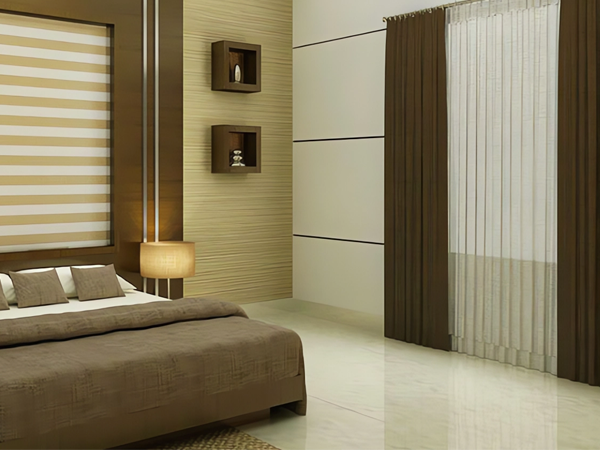
Bamboo fiber and PVC material are both popular choices in home decoration, but they differ greatly in composition, performance, environmental impact, and applications. The table below highlights these differences to help you make an informed decision.
| Category | Bamboo Fiber | PVC Material |
|---|---|---|
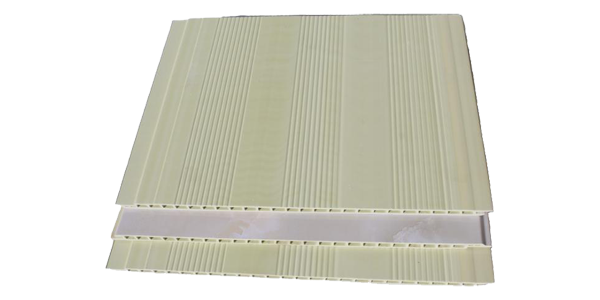 |
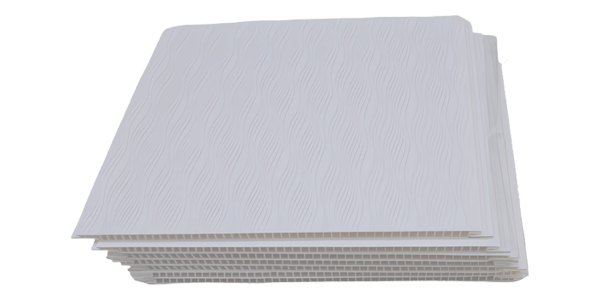 |
|
| Main Ingredients | Bamboo/wood powder + resin (PE, PP) + additives | Polyvinyl chloride resin + plasticizer + stabilizer |
| Natural Content | 30% – 70% natural bamboo/wood fiber | 0%, fully chemically synthesized |
| Additives | Eco-friendly resin, small amount of calcium powder | May contain phthalates (plasticizers) |
| Hardness / Strength | High (fiber reinforced) | Lower, but flexible |
| High Temperature Resistance | Good (60–80 °C without deformation) | Poor ( > 60 °C softens and deforms) |
| Water Resistance | Waterproof but may swell with long-term soaking | Fully waterproof, non-absorbent |
| Sound Insulation | Excellent (fiber structure absorbs sound) | General |
| Applicable Scenarios | Living rooms, bedrooms, natural look | Bathrooms, kitchens, complete waterproofing |
| Formaldehyde Emission | Low (E0 or ENF grade) | May emit VOCS, possible heavy metals |
| Recyclability / Degradability | Partially biodegradable | Hard to degrade; burning produces dioxins |
| Odor | Slight woody aroma; low-quality products may have mild plastic smell | Possible strong plastic odor in low-quality products |
| Surface Texture | Similar to real wood/bamboo, delicate touch | Wood/stone-like patterns, more plastic feel |
| Installation | Snap-on or glue | Glue or lock system |
| Maintenance | Easy to clean, scratch-resistant | Easy to clean, scratch-resistant but prone to yellowing |
| Design Suitability | Nordic, log-style, eco-friendly interiors | Modern minimalist, temporary spaces (e.g., rentals) |

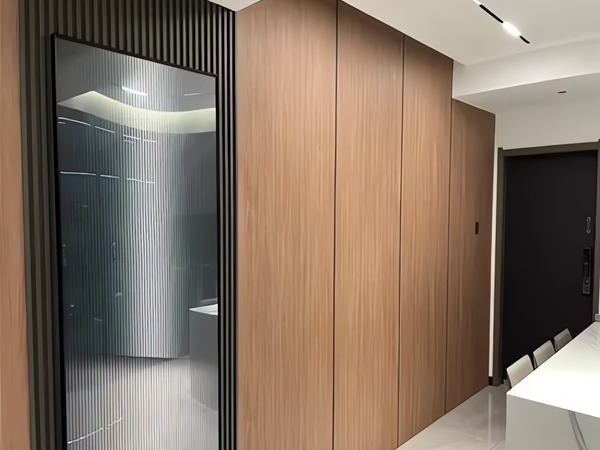
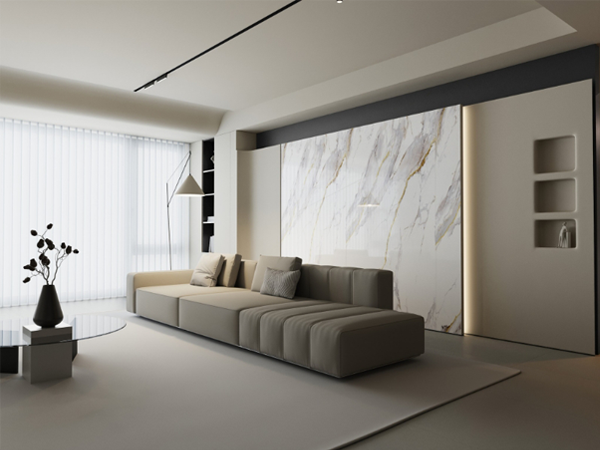
Each project may call for a different solution – whether you value the natural texture of bamboo fiber or the waterproof durability of PVC material, the best choice is the one that fits your style, usage, and sustainability goals.